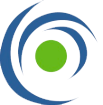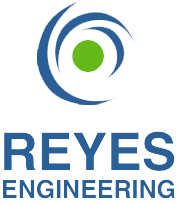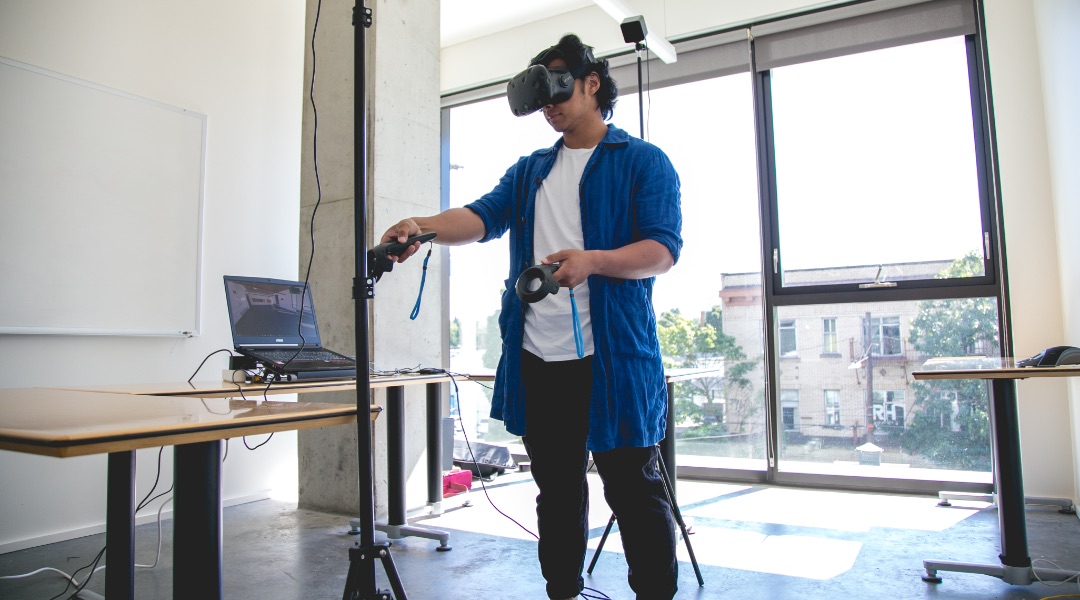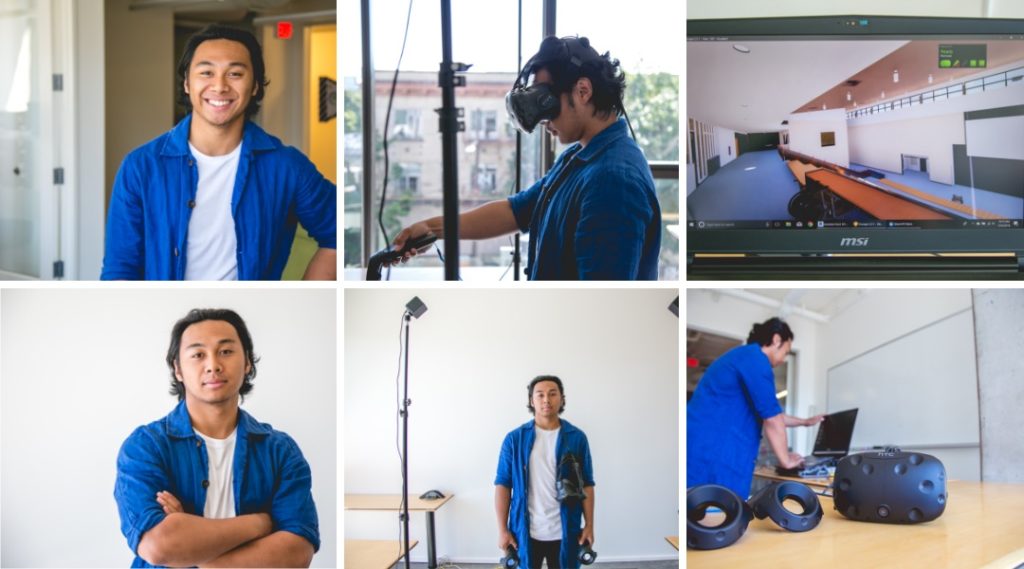Reyes Engineering is proud to announce our launch of VR technology to better serve our clients and improve our overall design! Our interest in VR began earlier this year when President, Flaviano V. Reyes, attended the 2017 Virtual Experience Convention at UC Berkeley. During the conference he realized how vital VR technology could be to the future of Engineering and was excited for Reyes to be on the forefront. Luckily, our summer Electrical Engineering Intern also had that same passion.
Christian Reyes, 19 and about to begin his sophomore year at UC Berkeley, has spent the last two summers interning for Reyes. We are always thrilled when Christian is in the office and were especially excited to assign him the project of launching our VR program. Not only was he enthusiastic, he took the assignment head on. He jumped right in researching equipment and VR software firms, and then began to set up the system for the team to try out. The Reyes team had a blast beta testing the programs while Christian fine-tuned everything. The final product was passed along to our designers last week and we are anxious to begin incorporating it into our arsenal of design tools.
Reyes can’t thank Christian enough for all the hard work he put into this project. We know VR Technology will improve our overall designs and create an amazing interactive experience for our clients.
Q & A with Christian:
What have you been doing this summer with Reyes?
Besides working on regular projects, I have been researching how VR technology can be used in our industry, and now, we are at the stage where we want to start implementing this technology in how we do our work.
How do you see the VR world impacting the engineering industry?
The VR world is very much in its infancy, and more programs linking the engineering industry and VR are starting to become available. That being said, tremendous strides have been made. We can meet each other and walk through buildings without physically being there. We can see how our design impacts the space. We can cross boundaries that are physically impossible if we were to walk on the actual site. We can edit models within VR to precisely host items or fix orientations. Mistakes are reduced, costs are reduced, clients receive what they want.
In my opinion, as VR becomes more relevant in the engineering industry, I believe that engineers will become much more efficient in how they do their jobs.
How can VR technology differentiate Reyes?
VR technology will differentiate Reyes in two ways. First, employees can use this technology to learn about the space. In fact, the first time we explored a project in VR, we found docking spaces for transformers hidden by concrete, which helped us understand why certain rooms were shown on the plan yet were inaccessible in person. Employees can also make precise edits within the VR world and check for quality (are things hosted the right way? are lights oriented correctly? etc.)
Second, we can illustrate to our clients the purpose and beauty of our design. Collaborative software today allows multiple people to come into the space, walk through it, and talk about it. We don’t need to be in the same place; all we need are headsets. So by using this technology, Reyes Engineering pushes forward towards a more futuristic, efficient, and (no pun intended) illuminating form of meeting style.
What was your favorite part about VR design and what was the most challenging part?
My favorite part about using VR in our projects would have to be the collaboration. In meetings, we can “snap” to a person’s view to understand what they are talking about. We can see each other moving about the space, and we can edit and sync as we go. We can see certain views while hiding others, and we can change the type of rendering that is best for the meeting (we don’t need a hyperrealistic view all the time). And there are a lot more features that I don’t even know about yet. I’m definitely still exploring!
The most challenging part is producing a quality render/cleaning up an existing one. Conflicts within the model manifest themselves as glitches on walls, which can cause headaches. And sometimes movements within the model cause motion sickness. However, cleaning up conflicts after the first time makes it easier for the next time you may want to jump into a model, since you know what views to turn off and on. And motion sickness is just a matter of knowing the controls and how to move correctly within the space.
The issues mentioned above are present throughout all applications of VR, not just for engineering and certainly not just for our firm. Again, VR is still in its infancy and even younger are the engineering-related programs. But this just means that improvements are on the horizon, so the future is still bright. If there is anything that I’d like to communicate to you, it’s that VR belongs in the engineering industry.
What’s your favorite part about working at Reyes?
My favorite part of working at Reyes Engineering is that I get to explore what interests me, especially since VR is both an interest at Reyes Engineering and interest of mine. At the same time, the atmosphere here is perfect for interns like me who really want to get into the guts of a job. And it’s not like you are doing busy work for those around you, and seldom do you find yourself doing nothing. The work you do as an intern actually matters, and people are relying on you to get it done. I learned so much at Reyes Engineering, not just about ideas related to my major, but what it’s like to work professionally on a team or head a project by myself. I can honestly say that my summer was well spent, and I thank Reyes Engineering for giving me the opportunity to intern here.




